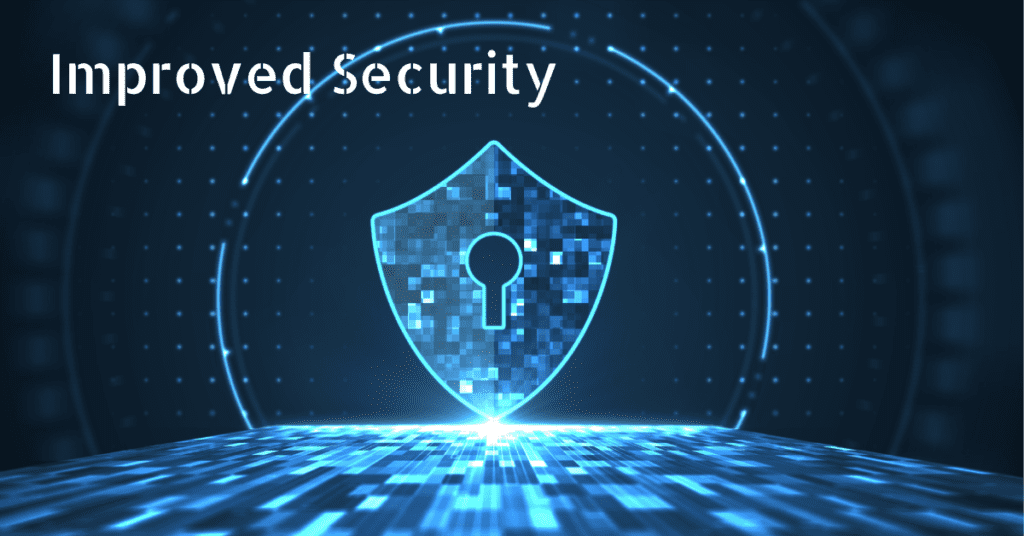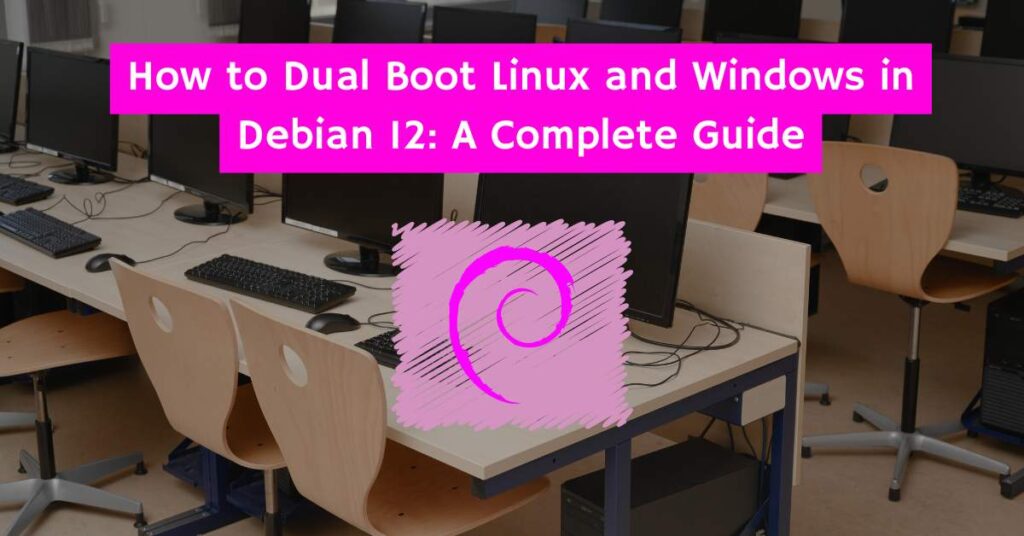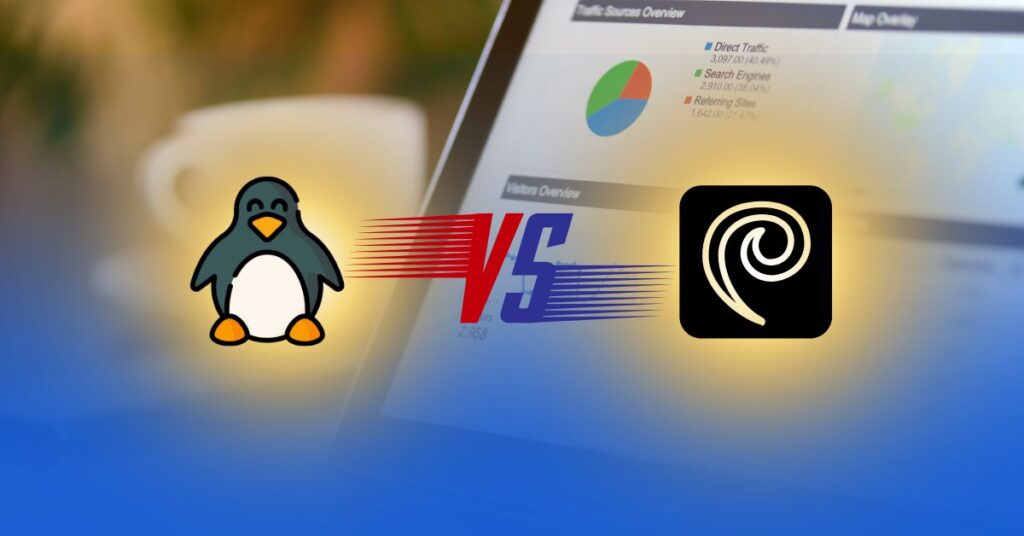Introduction
Debian, one of the oldest and most reliable Linux distributions, has released its latest version: Debian 12, codenamed “Bookworm.” This release has generated significant buzz in the tech community, thanks to its numerous updates and enhancements. Whether you’re a seasoned system administrator, a developer, or an enthusiastic Linux user, Debian 12 offers a range of new features and improvements that promise to enhance your experience. In this article, we’ll dive into the release date, key features, practical tips, and actionable insights for making the most out of Debian 12.
Table of Contents
Release Date
Debian 12 “Bookworm” was officially released on June 10, 2023. This long-awaited update follows the previous release, Debian 11 “Bullseye,” which was launched in August 2021. The Debian Project, known for its rigorous testing and commitment to stability, has ensured that this release continues the tradition of reliability and performance that users have come to expect.
Key Features
Updated Packages and Software
Debian 12 comes with over 59,000 packages, offering a wide range of software for different needs. Key software updates include:
- Kernel: Linux kernel 5.10, providing enhanced hardware support and performance improvements.
- Desktop Environments: Updated versions of popular desktop environments such as GNOME 3.38, KDE Plasma 5.20, Xfce 4.16, and LXQt 0.16.
- Development Tools: Updated GCC, Python, Ruby, and Perl versions, alongside other essential development tools.
- Web Browsers: Latest versions of Firefox ESR and Chromium.
Improved Security

Security is a paramount concern for any operating system, and Debian 12 addresses this with several enhancements:
- Enhanced Secure Boot: Improved support for Secure Boot on UEFI systems, ensuring that your system only boots trusted software.
- AppArmor: Expanded AppArmor profiles for better application confinement and reduced attack surface.
- Updated Cryptographic Libraries: Latest versions of OpenSSL and GnuTLS, ensuring robust encryption and secure communications.
System Performance and Stability
Debian 12 brings performance and stability improvements across the board:
- Btrfs: Enhanced support for Btrfs file system, offering better performance and advanced features like snapshots and self-healing.
- ZFS: Improved ZFS support with better integration and performance.
- Resource Management: Enhanced cgroup v2 support for better resource management and isolation.
Practical Tips and Actionable Insights
Installation Tips
- Backup Your Data: Before upgrading or installing Debian 12, ensure you have a complete backup of your important data.
- Use the Graphical Installer: For a user-friendly installation experience, use the graphical installer which guides you through the process step-by-step.
- Partitioning: Take advantage of advanced file systems like Btrfs or ZFS for better performance and data integrity.
Post-Installation Configuration
- Update Regularly: Keep your system up-to-date with the latest security patches and updates using
apt updateandapt upgrade. - Enable Firewall: Use
ufw(Uncomplicated Firewall) to secure your system by enabling and configuring basic firewall rules. - Install Essential Software: Utilize Debian’s vast repository to install essential software for your needs using
apt install <package-name>.
Performance Optimization
- Swap Management: Optimize swap usage by adjusting
vm.swappinessin/etc/sysctl.conf. - Disable Unnecessary Services: Use
systemctlto disable services you don’t need, freeing up system resources. - Monitor System Performance: Tools like
htop,iotop, andglancescan help you monitor and optimize system performance.
FAQs about Debian 12
1. What are the system requirements for Debian 12?
Answer: Debian 12 “Bookworm” has modest system requirements, making it suitable for a wide range of hardware. The minimum requirements are:
- CPU: 1 GHz processor or faster
- RAM: At least 512 MB (1 GB recommended for a smooth experience)
- Storage: A minimum of 10 GB of free hard disk space
- Graphics: A graphics card and monitor capable of at least 800×600 resolution For a better experience, especially with desktop environments like GNOME or KDE, more powerful hardware is recommended.
2. How can I upgrade from Debian 11 to Debian 12?
Answer: Upgrading from Debian 11 “Bullseye” to Debian 12 “Bookworm” involves several steps:
- Backup Your Data: Always start by backing up your important data.
- Update Current System: Ensure your current system is fully updated: sql Copy code
sudo apt update sudo apt upgrade sudo apt full-upgrade - Change Sources List: Edit your
/etc/apt/sources.listfile to replace references to “bullseye” with “bookworm”. - Update and Upgrade: Run the following commands to upgrade:sqlCopy code
sudo apt update sudo apt upgrade sudo apt full-upgrade - Reboot: Finally, reboot your system to complete the upgrade.
3. What are the key differences between Debian 12 and previous versions?
Answer: Debian 12 brings several improvements and new features compared to Debian 11:
- Updated Software: More than 59,000 packages with the latest versions of essential software.
- Enhanced Security: Better Secure Boot support, expanded AppArmor profiles, and updated cryptographic libraries.
- Improved Performance: Enhanced support for Btrfs and ZFS file systems, and improved resource management with cgroup v2.
- Desktop Environments: Updated versions of GNOME, KDE Plasma, Xfce, and LXQt for a better user experience.
4. How do I enable Secure Boot on Debian 12?
Answer: To enable Secure Boot on Debian 12:
- Check UEFI Settings: Ensure that Secure Boot is enabled in your UEFI firmware settings.
- Install Required Packages: Install the necessary packages for Secure Boot:arduinoCopy code
sudo apt install shim-signed grub-efi-amd64-signed - Enroll MOK (Machine Owner Key): If necessary, follow the on-screen instructions to enroll a MOK during the boot process.
- Reboot: Restart your system to apply the changes.
5. Where can I find support and community resources for Debian 12?
Answer: Debian has a robust and active community where you can find support and resources:
Social Media: Follow Debian on social media platforms like Twitter and Reddit for updates and community interaction.
Official Debian Website: Debian.org
Debian Wiki: Comprehensive documentation and guides at wiki.debian.org
Forums and Mailing Lists: Join discussions and get help from the community via forums.debian.net and the various mailing lists available on the Debian website.
IRC Channels: Real-time support can be found on IRC channels such as #debian on the OFTC network.
Conclusion

Debian 12 “Bookworm” is a significant update that brings a wealth of new features, security enhancements, and performance improvements. Whether you’re using Debian for personal, educational, or professional purposes, this release offers something for everyone. By following the practical tips and insights provided, you can ensure a smooth transition and make the most out of Debian 12.
If you haven’t already, download Debian 12 today and experience the reliability and performance that makes Debian a cornerstone of the Linux ecosystem. Stay updated with the latest from the Debian Project and join the vibrant community to share your experiences and learn from others.
Call to Action: Ready to upgrade to Debian 12? Head over to the official Debian website to download and get started. Join the conversation in the Debian community forums and share your journey with Debian 12!



Pingback: How to Dual Boot Linux and Windows in Debian 12: A Complete Guide -
Pingback: Arch Linux vs Debian: A Comprehensive Comparison -